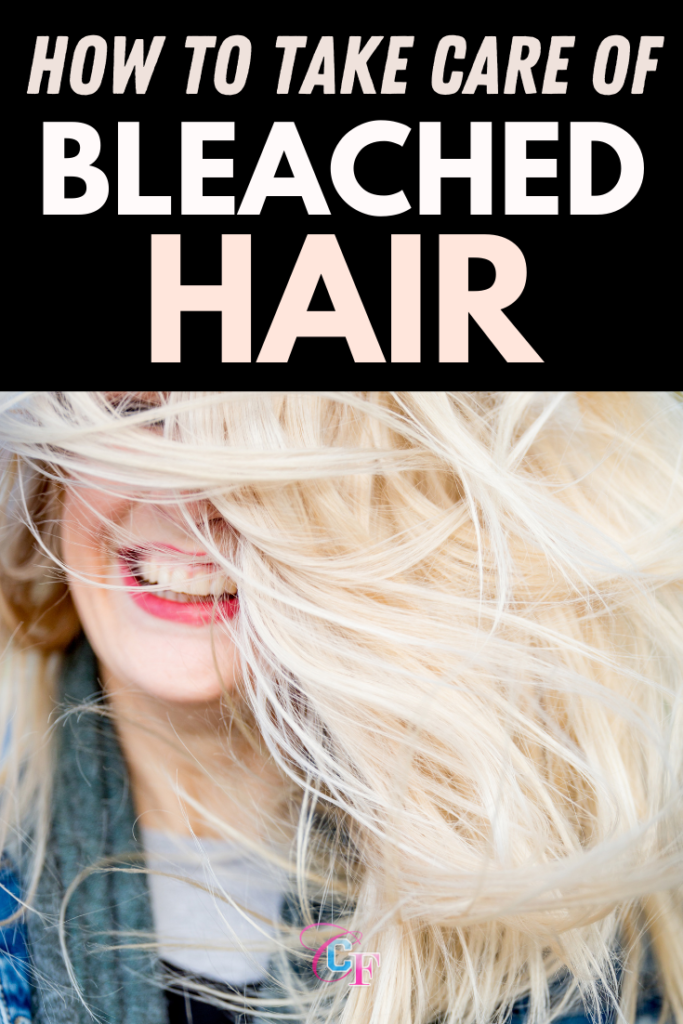
Bleached hair requires a lot of work and maintenance — but it’s so worth it. I know this firsthand, as I’ve been platinum blonde for over ten years (photos below).
Bleached hair is stunning — it catches the light, it turns heads everywhere, and surprisingly, it looks amazing on a wide variety of skin tones.
But for all its benefits come some drawbacks: bleached hair is expensive and high-maintenance. To care for bleached hair, you’ll need frequent touch-ups, regular haircuts, and tons and tons of treatments. (If you aren’t ready to commit to all of those things, I recommend you think twice about using bleach.)
If you don’t care for bleached hair properly, it will dry out or, worse, snap off. The dreaded bleach haircut is a real thing!
Bleached hair isn’t for everyone, but if you’re ready to go for it, here’s everything you need to know about how to take care of bleached hair — the right way.
Also Read : How to Deal with Dry and Damaged Hair
Table of Contents
What Does Bleach Do to Your Hair?
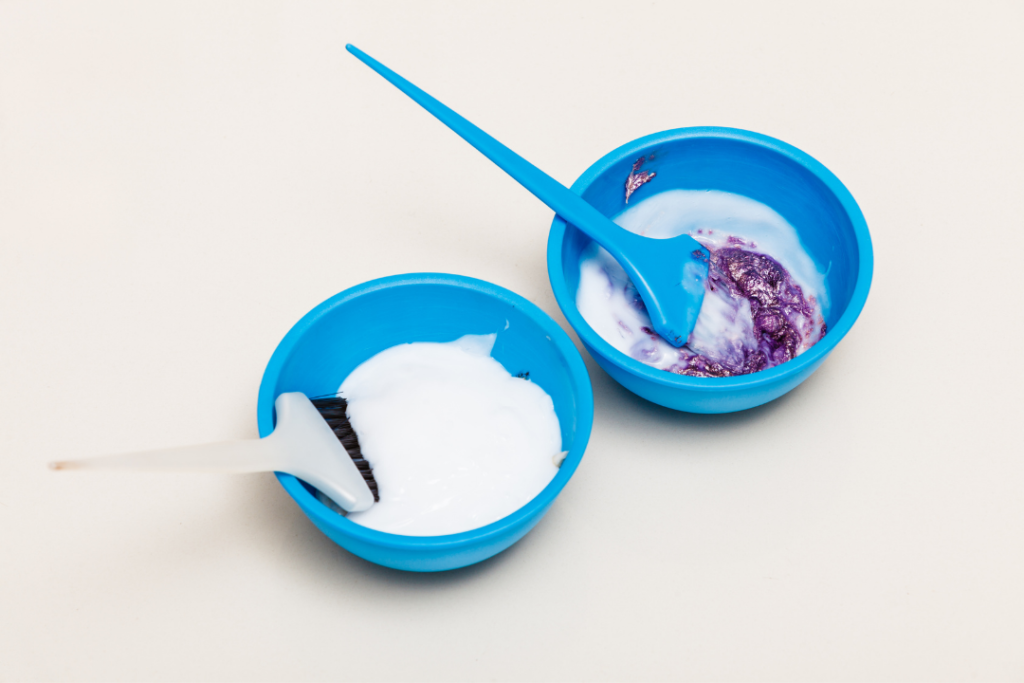
First, let’s talk about how bleach actually works on your hair. This is important because once you understand what bleach does to your hair, you’re much better prepared to counteract its negative effects.
Bleaching is a chemical process that removes the color from your hair. First, an alkaline agent opens up the hair cuticle. Next, an oxidative agent penetrates the hair cortex and dissolves the hair’s natural melanin (color). According to Naturally Curly, bleach oxidizes the melanin molecule. Although the melanin is still present, the oxidized molecule is colorless.
Here’s where the damage comes in: In order to reach the melanin, the bleach must first dissolve natural fatty acids in your hair. This leaves your hair weakened and can lead to damage and breakage.
Tips to Keep Your Bleached Hair Healthy
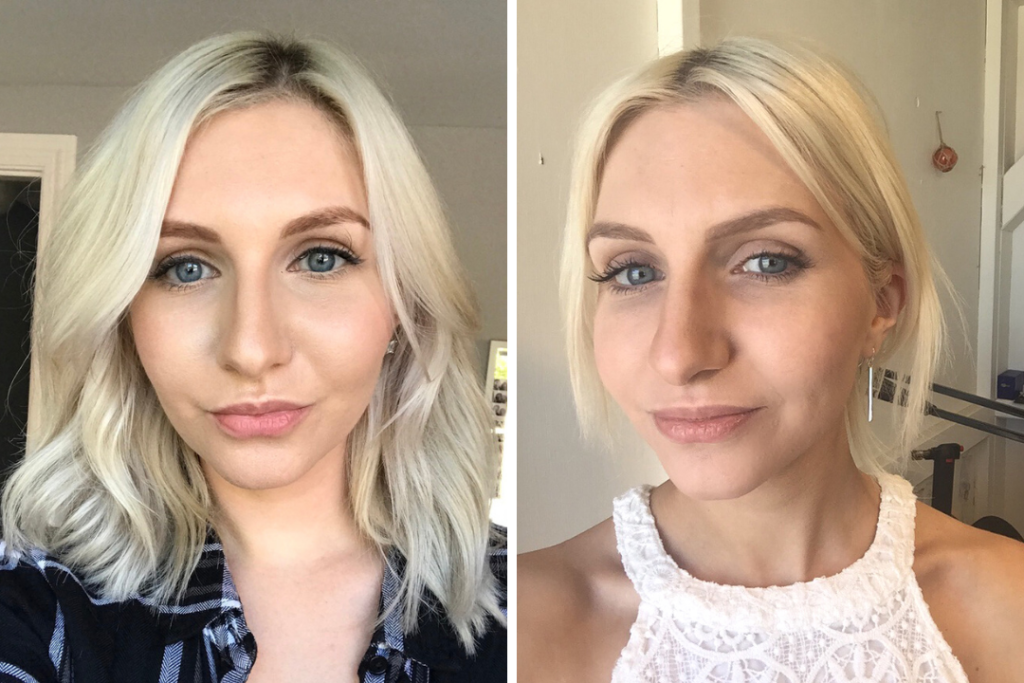
Over the years of bleaching my hair, I’ve amassed many tips on how to keep your hair healthy and shiny. Most importantly, here’s everything you need to know to keep it from breaking off.
Avoid Washing Your Hair as Frequently
The first and easiest way to keep your bleached hair healthy is to cut down on how often you wash your hair. So invest in a good shower cap to keep your hair dry when you shower.
You don’t have to stop washing for weeks on end; just step it down from what you’re currently doing. Washing twice a week seems to be the sweet spot for me.
Also, immediately after I bleach my roots, I let my hair go even longer without washing — at least a full week. When your hair is freshly bleached, it’s really dry, so your hair is not going to look excessively dirty during this time. (But you can always use a little dry shampoo if needed.) I find this wash break really helps my hair recover from the bleaching process.
Invest in Olaplex
Seriously, you hear about Olaplex everywhere for a reason. This stuff is liquid gold! It’s not a conditioner but rather a bond-building system meant to fortify and strengthen damaged hair.
You can’t go wrong with any of their products, but I’ve found the Olaplex no. 3 to be the best for bleached hair. This will make your hair so strong and silky, almost like it’s never been bleached!
I like to use Olaplex about once a month for best results.
Use a Deep Conditioning Treatment
In addition to Olaplex, I definitely recommend investing in a good deep conditioner to keep your hair healthy and moisturized.
And let me just say that while I love drugstore products in other areas of my life, when it comes to my hair, I always use salon-quality products. Bleached hair is already so vulnerable to damage, so I don’t mess around with cheap products.
My favorite deep conditioner of all time is Kerastase Masquintense. It’s a little pricey, but a single tub lasts me about a year. I use the one for fine hair, but they also make one for thick hair. Like the Olaplex, I use it about once a month.
Avoid Heat Styling Whenever Possible
This is a tip you’ll hear a lot when it comes to keeping your bleached hair healthy. The less heat you can expose your hair to, the better.
This means that if you can avoid using your blow dryer, curling iron, or flat iron, you should. If you want your bleached hair to be the healthiest it can be, take a break from the styling every now and then and rock your natural texture. Your strands will thank you!
Use a Good Heat Protectant
I’m going to be completely honest — although I stand by the tip above, I do heat style my platinum hair weekly, and I don’t have much damage or breakage. That’s because I always use heat protectant (and I follow all the other tips on this list).
You don’t have to swear off heat to rock bleached hair, but you do need to invest in a salon quality heat protectant. All products are NOT created equal!
Again, I reach for Kerastase when it comes to heat protection. My all-time favorite heat protectant is their Cement Thermique Blow Dry Primer. It not only protects your hair from heat, but it contains protein so it actually strengthens bleached hair when you use it with your hot tools.
Tone Up Your Hair
When you have bleached hair, toner is your best friend. Toner not only deposits color (usually to neutralize orange or yellow tones, but it can also be used to warm up your blonde), but it adds a layer of clear gloss to your hair that makes it look healthier and shinier.
Typically, toners only deposit color; they don’t lift color from your hair. That means that they can’t lighten your hair (that’s what bleach is for). Toners can only add a thin layer of color over top of your bleached strands — think of it like sheer tights or pantyhose for your hair.
Toner is usually done at the salon for best results. That being said, I like to apply my own toner at home sometimes. (Note: DO NOT try this if you’re at all unsure about it, you can wreck your hair!!) This Wella toner from Sally’s is my all-time favorite, particularly the shade T-18, “Lightest Ash Blonde.” It’s the most perfect platinum blonde.
Use Toning Treatments
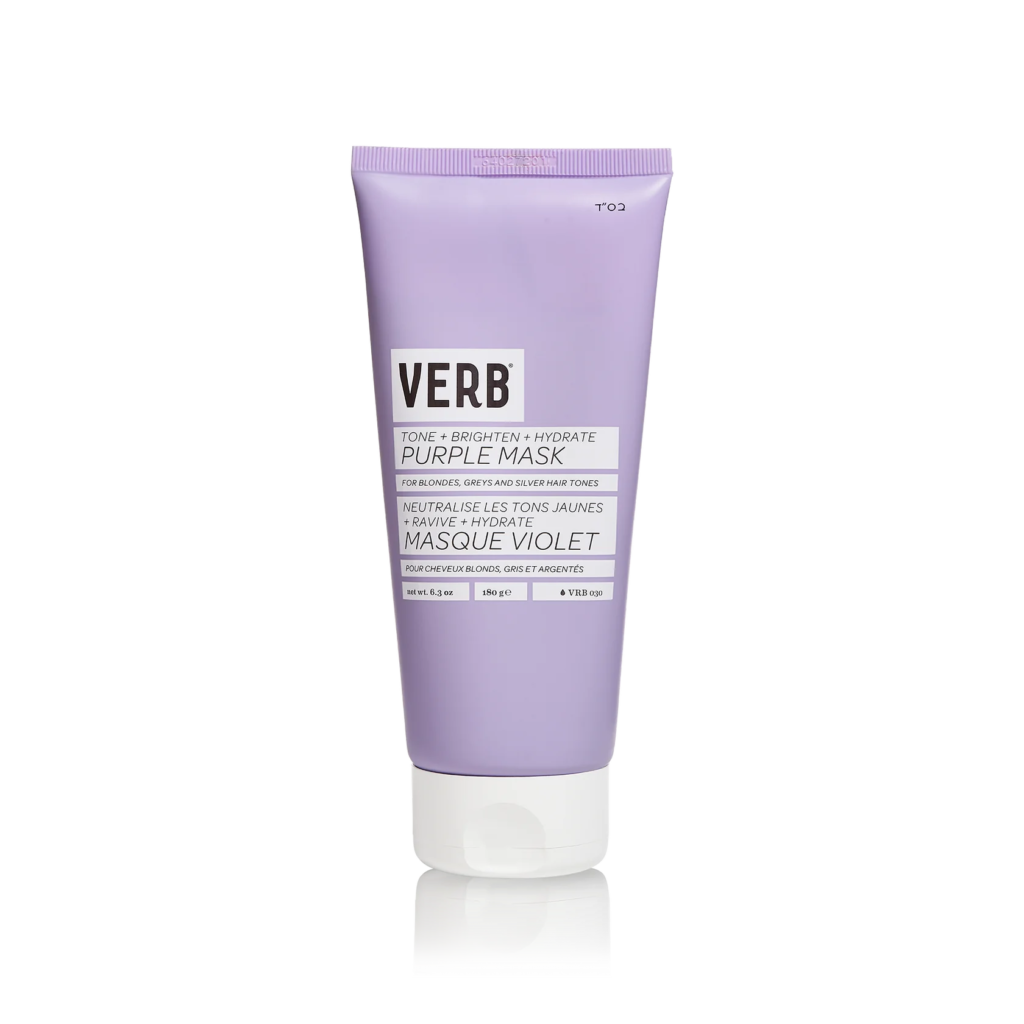
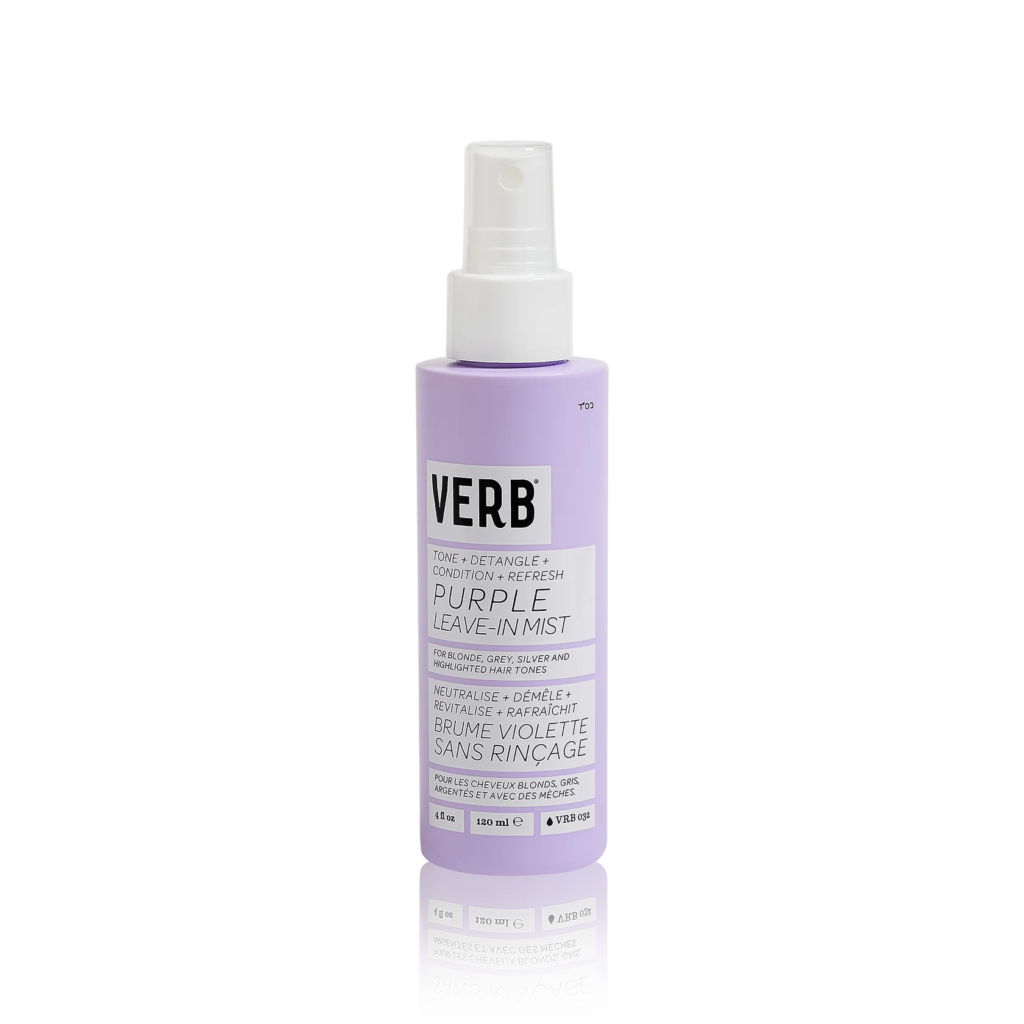
If you want to go a longer time between salon visits and toner applications, it helps to use purple products on a regular basis. This will give your hair extra brightness and help eliminate any brassiness that pops up.
If you, like me, are not okay with having even a little bit of yellow in your strands, purple treatments are going to be your new BFFs.
Recently I’ve been loving the Verb Purple Mask and Purple Leave-in Mist, which Verb sent me to try. The purple mask is extremely hydrating and gives just the right amount of purple toning. It’s going to get rid of yellow, but it’s not going to turn your hair lavender.
The purple leave-in mist is one of my favorite new beauty products this year! I love that I can use it in place of my usual leave-in conditioner and that I can spray it on the exact sections where I need extra toning. It also makes my hair crazy silky and shiny! At just $20, it’s a must-try.
Avoid Bleaching the Dead Ends
This is probably the #1 reason my hair has survived 10+ years of bleach: When I get my hair done, I only bleach the roots; I never, ever overlap bleach on the previously lightened ends.
Overlapping bleach on top of previously bleached hair is the best way to cause breakage and damage. Even if your stylist tells you it’s safe, overlapping is going to affect your hair eventually.
So when you get your touch-ups done, make sure your stylist is only touching up your roots and not overlapping bleach on your ends. (You’d be surprised at how common this is, especially with highlights.) And resist the urge to touch up your bleach at home! Unless you really know what you’re doing, this is a recipe for breakage.
Lower the Water Temperature
Okay, I hate this one because I love my hot showers, but ideally, you should only be rinsing your bleached hair with warm or cold water. Hot water dries out your hair.
Whenever you can, rinse your bleached hair with warm or cool water and lay off the super hot temperatures.
Get a Haircut Frequently
Another classic tip that is definitely key for keeping bleached hair healthy — get your hair cut frequently!
This doesn’t have to be a major haircut, either: a slight trim or “dusting” is totally fine. You just want to remove the dead ends from your hair on a regular basis. This will help keep your ends from splitting up the hair shaft and snapping off, and will keep your hair healthy.
I like to get my hair cut every 8 weeks when I’m trying to maintain its length, and every 12 weeks when I’m trying to grow it. Set calendar reminders on your phone so you don’t forget to make your appointment!
Sleep with a Satin Scrunchie and/or Pillowcase
This is a great tip to keep your hair smooth and shiny and help with breakage. It’s not essential or anything, but I have noticed my hair looks better since I started doing this.
I sleep on a satin pillowcase from Amazon, and I use a Slip silk scrunchie to put my hair up in a LOOSE ponytail before sleep. (Tight ponytails break your hair!)
These steps not only keep my hair from getting tangled at night, but they make my blowouts and styles last twice as long. This means I can go longer between washes, minimizing damage. Plus, it saves me time. Win-win.
What Are the Best Ways to Avoid Damaging Bleached Hair?
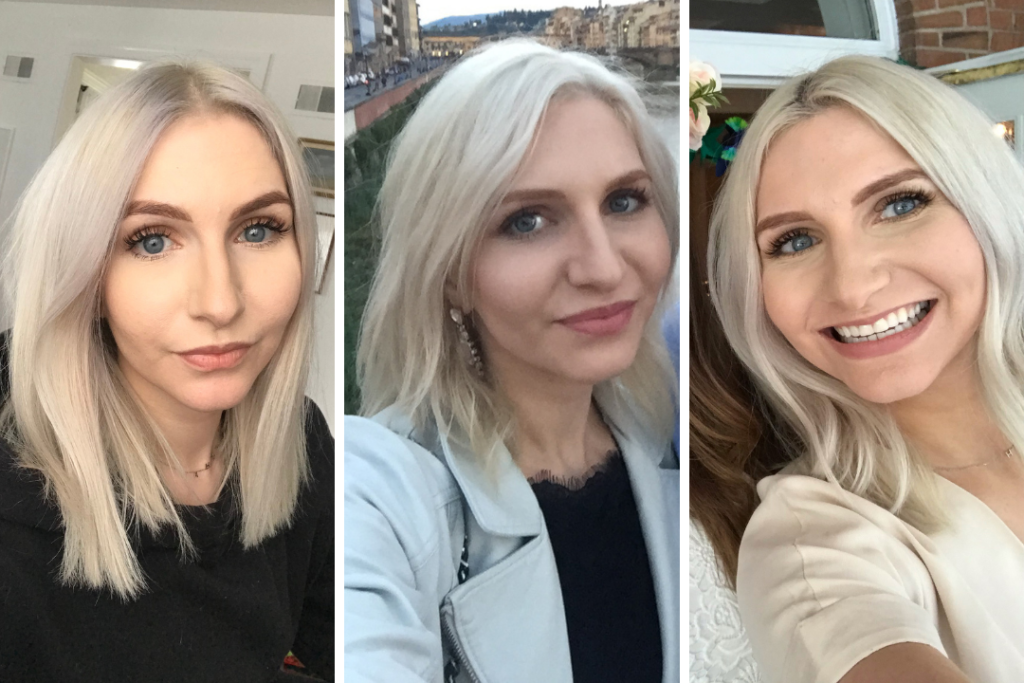
Now, I’ve just thrown a ton of information at you above. So let’s break it down to the most important steps.
If I had to choose just four things that are most important for avoiding damaging bleached hair, it would be the following, in order:
- Avoid overlapping bleach on top of already bleached hair. This one will make your hair break off like nothing else. If you’re overlapping bleach on bleach, expect damage, even if you do everything else right.
- Don’t skip the treatments. Hair masks and deep conditioners are non-negotiable when you have bleached hair. Don’t think you can just use your regular shampoo and conditioner and call it a day.
- Don’t heat style without using a heat protectant first. If you don’t protect your hair first, your flat iron or blow dryer IS going to cause damage. You need to baby you bleached hair, so always always use a heat protectant.
- Don’t skip haircuts. Seriously, set a reminder on your phone and get your hair cut regularly. This will do wonders to keep your hair healthy. Also, this rule applies even if you’re trying to grow your hair out! It sounds counterintuitive, but regular trims are key for maintaining hair health.
How to Rehydrate Your Hair After Bleaching
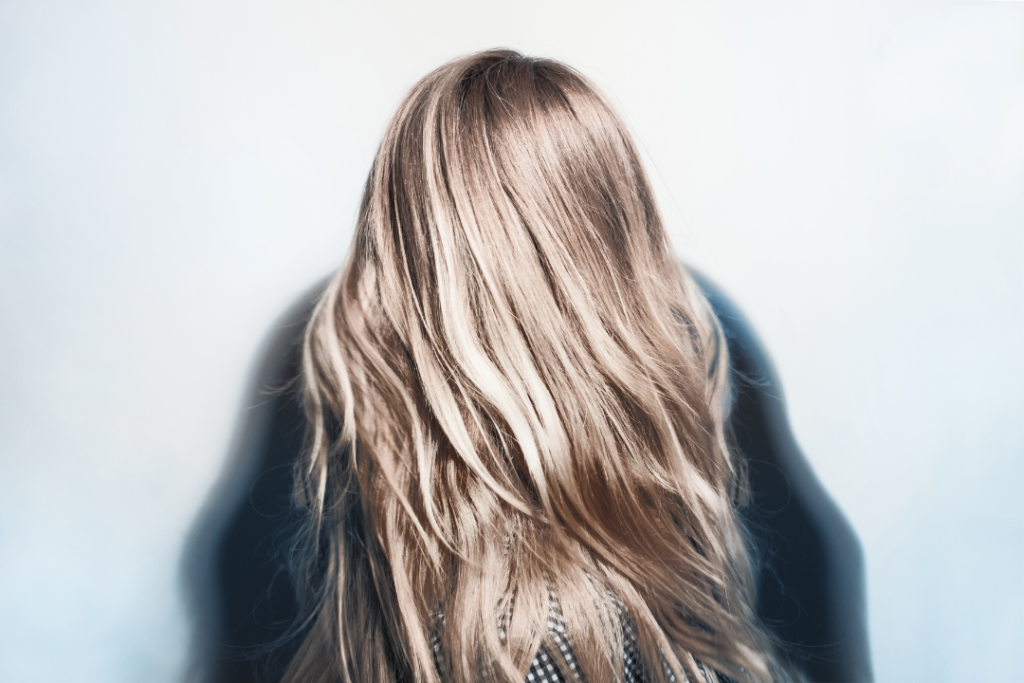
I get a lot of questions on how to rehydrate your hair after you’ve bleached it, so here is the process I follow for the first few weeks after bleaching (and toning) my hair:
Week 1: Do Nothing
Seriously, leave your hair alone for as long as you can after bleaching! Don’t wash it, don’t heat style it, don’t do anything to it for about a week. Let your hair rest and recuperate; it’s been through a lot.
Usually, your hair will be blown out after your salon visit, so that makes it easy to go without washing or styling for a while. Use dry shampoo if needed, but nothing else!
Week 2: Olaplex, Olaplex, Olaplex
Sometimes, your salon will do an Olaplex treatment for you post-bleach. Mine doesn’t, so about 7 days after bleaching, when I’m ready to wash my hair, I’ll do my Olaplex No. 0 kit.
Sometimes I leave the No. 3 overnight with a cap on to really let it soak in. Olaplex works best when your hair is damp so the cap helps with that.
Week 3: Moisture Mask
About a week later, I’ll follow up my Olaplex treatment with my Kerastase moisturizing mask.
I like to alternate Olaplex and Masquintense for best results instead of doing them back to back. This is just what I’ve found works best for my hair.
Week 4: Maintain Until Next Salon Visit
I usually do my roots about every six weeks. (Yep, it’s high-maintenance.) So in between, I keep my hair healthy with my favorite purple shampoo and repairing conditioner. (I’ve listed some more of my favorite purple shampoos in my guide to blue vs. purple shampoo.)
When I heat style, I use my Cement Thermique, and I generally try to dry shampoo for a few days in between styling to minimize washes and heat damage.
Before I know it, it’s time to go to the salon again! Bleached hair truly is a labor of love.
How do you take care of your bleached hair?
For more hair tips, see our guide to the 15 best hair products for college.
I hope this guide was helpful! Like I said, learning how to take care of bleached hair is a lot of work but it’s worth the struggle — platinum will forever be my favorite hair color.
My fellow bleached hair girls, please leave a comment below and tell me your tips and tricks. Have you tried any of my favorite products? Any new ones I need to know about? Any questions I didn’t answer here? Tell me everything in the comments.
If this article about bleached hair helped you, you might want to consider the related posts below –

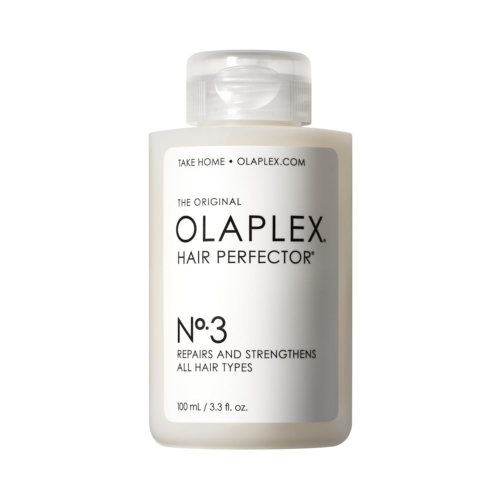

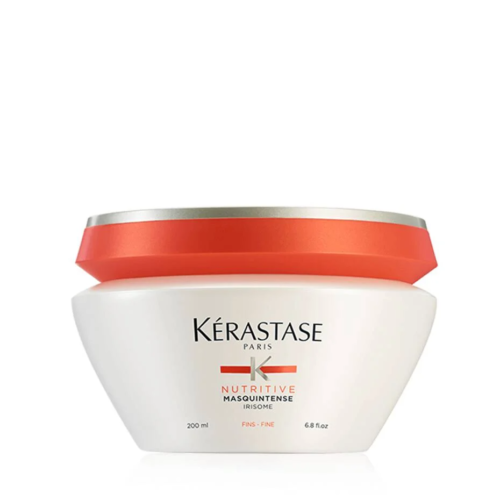
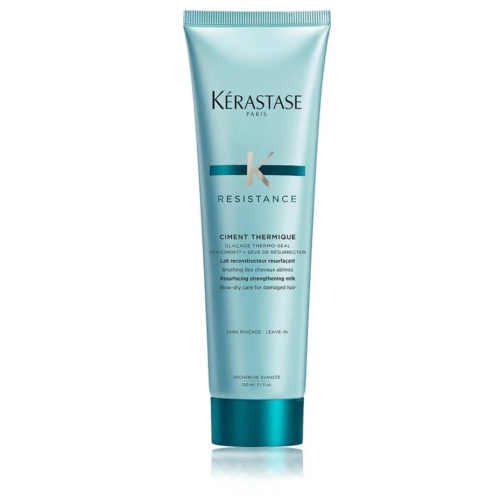
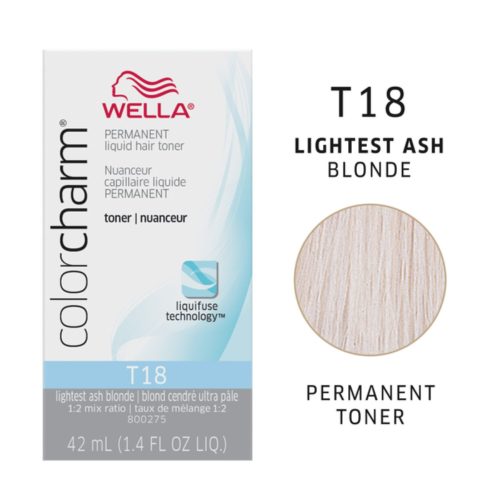


I have short hair so I go a few days between washes but to fix my bed head I wet it and condition it every day and then style with my hands. Can I continue that or should I not wet or condition it at all for the first week?
I would hold off for the first week if you can. If it’s essential that you do, I don’t think wetting with warm or cool water and conditioning will do much damage provided you’re gentle — the concern is more for shampoo, hot water temperatures, and heat styling, which can further damage recently bleached hair.
I went from black hair to platinum highlights, very damaged looking tresses. This article is very helpful!
Thanks so much for this post! I’ve just gone platinum yesterday and other than reading not to wash it for 48-72 hours, I haven’t seen any advice this detailed. Quick question – week 2, do you just do the Olaplex treatment one time and then week 3, the mask only one time? Or do you do them multiple times during the respective weeks? Thanks in advance!
Great Q! I usually mask only once a week. So week 2 I do the Olaplex once that week, then I do Kerastase once during week 3. If my hair is feeling super dry, I might do the Kerastase twice in a single week but that’s rare. A lot of it is trial and error depending on how your hair is feeling; you’ll start to get a sense of how your hair responds to the masks as you go. I hope that helps!
I went platinum blonde a few months ago (from medium-brown) on total impulse, and when I found this page it was an incredibly helpful crash course in what I’d just gotten myself into. Great resource.
Natural hair color?
My natural color is a dark blonde (level 7)